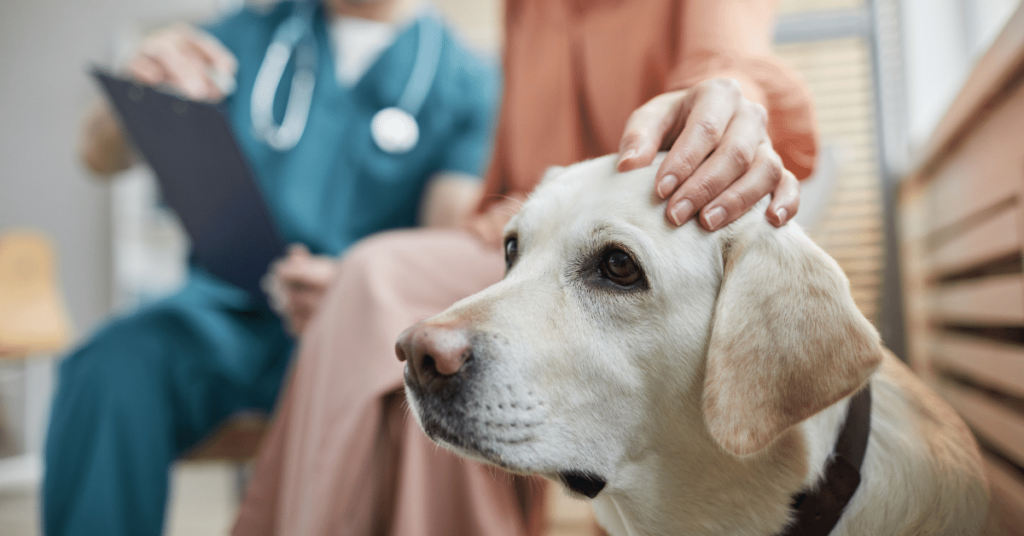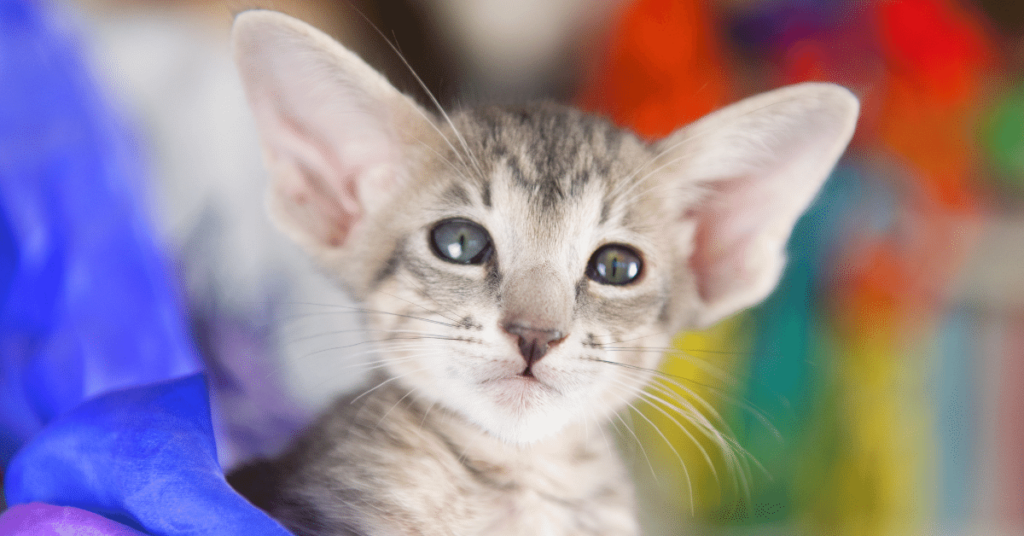Introduction
Training your pet is an essential part of building a strong and lasting bond. Positive reinforcement training, also known as reward-based training, is a proven approach that focuses on rewarding desired behavior rather than punishing unwanted behavior. By using treats, praise, and other rewards, this training method encourages and motivates your pet to learn and behave in a positive way. In this article, we will explore the benefits of positive reinforcement training and provide effective techniques to strengthen the bond with your beloved pet.
Understanding Positive Reinforcement Training
Positive reinforcement training is based on the idea that animals (humans included!) are more likely to repeat a behavior if it is followed by a pleasant consequence. Unlike punishment-based methods that can instill fear and anxiety, positive reinforcement creates a positive association between a specific behavior and a reward. This approach not only helps improve your pet’s behavior but also promotes a harmonious and trusting relationship.
Benefits of Positive Reinforcement Training
Positive reinforcement training has numerous benefits for both you and your pet. Let’s explore some of the key advantages of this training method:
- Improved Behavior: Positive reinforcement training encourages your pet to engage in desirable behaviors. By rewarding good conduct, you reinforce positive habits and discourage unwanted ones.
- Enhanced Communication: Through positive reinforcement, you establish clear and effective communication with your pet. As your furry companion learns to associate desired behaviors with rewards, they become more attentive and responsive to your commands.
- Bond Strengthening: Building a strong bond with your pet is crucial for a happy and fulfilling relationship. Positive reinforcement training involves spending quality time with your furry friend, creating trust, and deepening your connection.
- Reduced Stress: Punishment-based training methods can cause distress and fear in animals, leading to stress-related behavior issues. Positive reinforcement training promotes a supportive and encouraging environment, reducing stress for both you and your pet.
- Transferable Skills: Pets trained through positive reinforcement are more likely to exhibit good behavior in various situations. The skills they acquire can be easily applied to different settings, such as socializing with other animals or behaving appropriately in public spaces.
Effective Techniques for Positive Reinforcement Training
Now that we have explored the benefits, let’s dive into some effective techniques for positive reinforcement training:
1. Start with Basic Commands
Begin with simple commands like “Sit” or “Stay” and reward your pet with a treat and praise when they perform the desired action. Use a clear and consistent verbal cue for each command and reinforce positive behavior immediately to help your pet make the connection.
2. Use High-Value Rewards
To make the training even more enticing, use high-value rewards such as small pieces of your pet’s favorite treats. These rewards should be something your pet finds exceptionally appealing and is willing to work for.
3. Timing is Key
The timing of the reward is crucial in positive reinforcement training. Deliver the reward immediately after your pet performs the desired behavior to reinforce the connection between the action and the reward. Delayed rewards may confuse your pet and weaken the association you are trying to establish.
4. Consistency and Patience
Consistency is vital in positive reinforcement training. Use the same commands, cues, and rewards consistently to avoid confusion. Remember to be patient with your pet, as learning may take time. Celebrate small victories and continue building upon them.
5. Gradually Increase Difficulty
Once your pet has grasped the basics, gradually increase the difficulty level. Introduce new commands or challenges to keep their training engaging and stimulating. This process helps develop their cognitive abilities while reinforcing their understanding of positive behavior.
Summary
Positive reinforcement training is not only an effective way to improve your pet’s behavior but also an opportunity to build a strong bond and enhance communication. By using rewards, praise, and consistent training techniques, you can create a positive and supportive environment for your furry friend. Remember to be patient and enjoy the journey of training while watching your pet thrive in their newfound skills. With positive reinforcement, you’ll be well on your way to a harmonious and fulfilling relationship with your pet.







